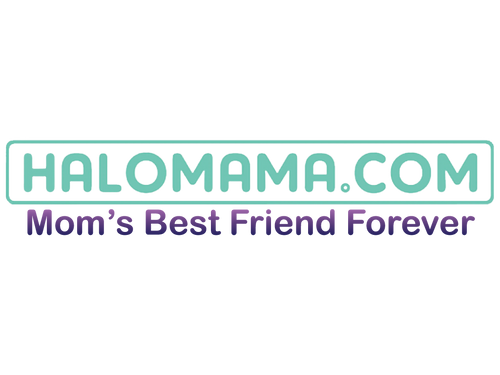
From the Jar or Blender: Which Baby Food Is Best?

The debate continues on whether homemade baby food is better than commercially produced food. Most moms have been in on the conversation at some point, whether or not they still have a 6- to 9-month-old.
Baby food in the jar is convenient and portable, but some parents worry about:
- Cost. It can be more expensive to buy baby food than to cook and mash fresh food yourself.
- Preservatives. “However, the only preservative in the jarred food we recommend is vitamin C,” notes Dr. Rifka.
- Processing. Excessive heat used to kill bacteria during food processing may also dull nutrients.
- Packaging. Disposable packaging isn’t as earth-friendly as reusable dishes.
For these and other reasons, some moms have opted to take the homemade route. They cook, mash and store fresh food themselves, which can be less expensive yet more time consuming. Other sour notes include:
- Safety. While processed food follows strict safety guidelines — on naturally occurring chemicals like nitrates, for example — homemade food doesn’t.
- Storage. Homemade food doesn’t keep as easily as jarred food. Parents need to beware of thawing food and refreezing leftovers due to bacteria growth.
- Texture. How lumpy is too lumpy? Food that isn’t mashed enough could be a choking hazard. And picky eaters may prefer the consistency of smoother processed food.
“If parents want to make homemade food, it’s fine as long as they do it safely.”

Which food is best?
According to Dr. Rifka, it’s up to you. The concerns aren’t dire enough to rule out either type of food. She recommends a combination — making homemade food for dining in and buying jar food for dining out, since unopened jar food doesn’t need to be refrigerated.
“The quality of processed baby food is no longer an issue,” she says. “There are high-quality, natural baby foods on store shelves now, and most well-known brands have good safety records. But if parents want to make homemade food, it’s fine as long as they do it safely.”
Do’s and don’ts for making homemade baby food
If you choose to make baby food yourself, follow these guidelines:
- Do steam or microwave fruits and vegetables (instead of boiling them) to retain most nutrients.
- Don’t add salt, sugar or any other ingredient. Each baby food item should have only one ingredient, so it’s easier to identify any potential allergic reaction.
- Do mash or puree cooked food with small amounts of water until smooth.
- Do transfer food into ice cube trays and freeze. Then store frozen cubes in baggies.
- Don’t freeze food for more than one month.
- Do rewarm food to room temperature when it’s time to eat — but not before.
Healthy snacks for babies (and moms) on the go
No time for homemade? Busy parents can still feed their babies fresh foods that don’t come in a jar. Take one of these along on your next outing:
- Banana. Bring a little dish and a fork or spoon and mash it good.
- Avocado. Mash like a banana.
- Yogurt. But be sure to tote it with an ice pack.
- Diced fruit. Peaches, pears and melons are great for babies with new teeth.
- Tiny cubes of cheese. Opt for pasteurized cheeses, like mozzarella or mild cheddar, because they are less likely to contain illness-causing bacteria.
Skip Hop Zoo Insulated Food Jar

- Ages 12m+
- Stainless steel body keeps food warm for 7 hours or cold for 5 hours
- Built in holder fits most utensils
- Includes a spork (spoon+fork!)
- Signature Zoo characters
- BPA-free, Phthalate-free
- Holds 325 mL (11 fl oz)
https://www.youtube.com/watch?v=vTLoC9Am50I
(Source from: https://health.clevelandclinic.org/2013/11/from-the-jar-or-blender-which-baby-food-is-best/)
